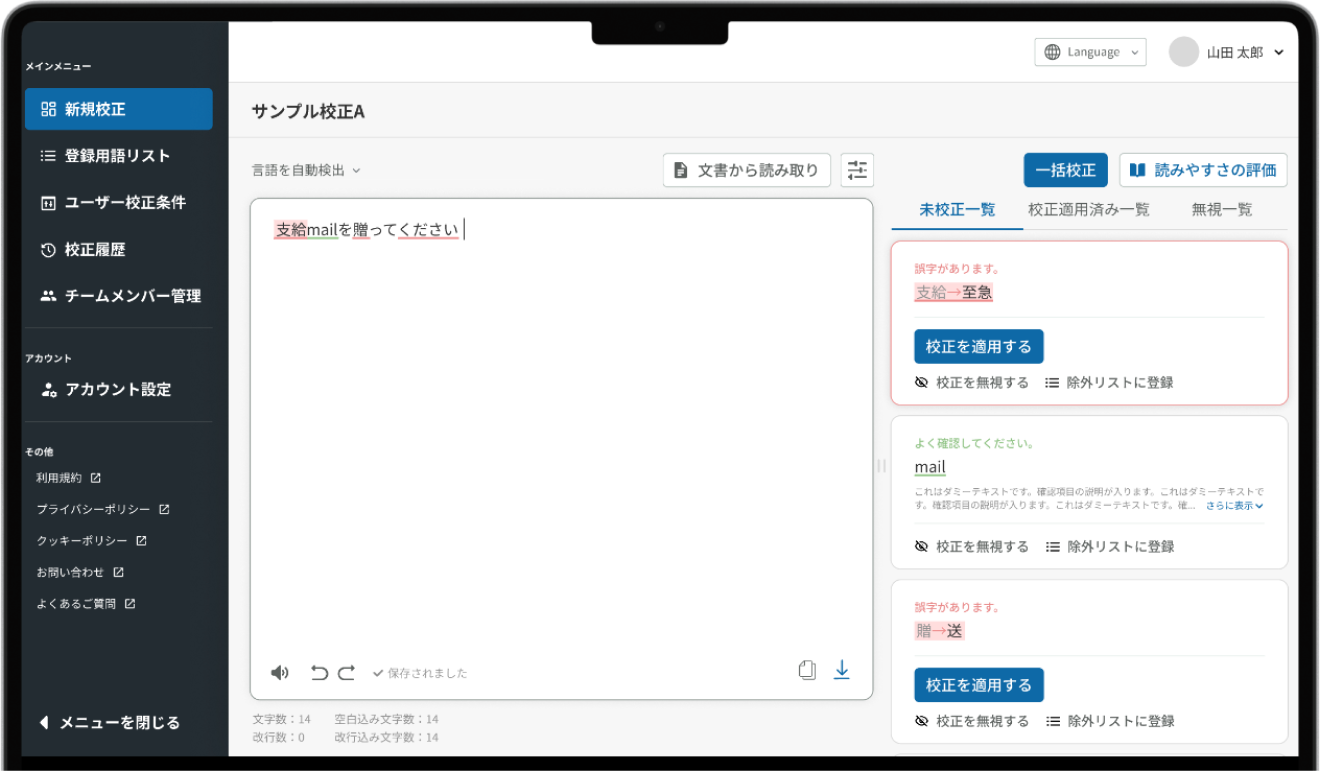Learning Japanese can seem daunting, especially with its unique writing system comprised of three distinct scripts: Hiragana, Katakana, and Kanji. Understanding the individual roles of each script is essential for any beginner aiming to master Japanese. This article aims to introduce you to these scripts, their functions, and how they intertwine to form the Japanese language as we know it today.
1. Introduction
The Japanese writing system is integral to the language and is used ubiquitously in everyday communication. While it might seem complex at first, mastering Hiragana, Katakana, and Kanji will greatly enhance your reading and writing skills.
Benefits
- Hiragana is the foundation of Japanese grammar, allowing you to construct sentences and inflect verbs.
- Katakana lets you read foreign loanwords, essential for navigating modern Japanese vocabulary influenced by global languages.
- Kanji conveys meaning efficiently, often condensing complex concepts into single characters.
Common Pitfalls
- Mixing up Hiragana and Katakana characters due to their visual similarities.
- Memorizing Kanji can be overwhelming because of their sheer number and complexity.
2. Overview and Definition
Let’s break down the writing system, exploring each script’s core characteristics:
Hiragana (ひらがな)
- Definition: A syllabary used for native Japanese words and grammatical elements.
- Key Rules: Consists of 46 basic characters and additional combinations.
- Role: Acts as the grammatical glue, showing sentence structures and inflections.
Katakana (カタカナ)
- Definition: A syllabary used primarily for foreign loanwords, technical terms, and certain proper nouns.
- Key Rules: Also consists of 46 basic characters, similar to Hiragana in phonetics but distinct in appearance.
- Role: Helps integrate foreign elements into Japanese, offering adaptability and modernity.
Kanji (漢字)
- Definition: Logographic characters derived from Chinese, representing words or morphemes.
- Key Rules: There are thousands of Kanji, each with specific meanings and pronunciations.
- Role: Provides semantic depth and clarity, often representing concepts or objects succinctly.
3. Usage and Examples
Understanding how each script functions separately and together in sentences is crucial. Let’s explore some sentences utilizing Hiragana, Katakana, and Kanji.
Sentences with Hiragana and Their Translations
| Japanese Sentence | Romaji | English Translation |
|---|---|---|
| こんにちは | Konnichiwa | Hello |
| これは本です。 | Kore wa hon desu. | This is a book. |
Sentences with Katakana and Their Translations
| Japanese Sentence | Romaji | English Translation |
|---|---|---|
| コンピュータを使います。 | Konpyūta o tsukaimasu. | I use a computer. |
| サンドイッチを食べます。 | Sandoicchi o tabemasu. | I eat a sandwich. |
Sentences with Kanji and Their Translations
| Japanese Sentence | Romaji | English Translation |
|---|---|---|
| 私は学生です。 | Watashi wa gakusei desu. | I am a student. |
| 昨日は雨でした。 | Kinō wa ame deshita. | It was rainy yesterday. |
Mixed Scripts in Practice
Combining these scripts is where the richness of Japanese shines:
- 今日は良い天気です。 (Kyō wa yoi tenki desu.)
Today is good weather.
This sentence uses:
– Kanji: 今日 (today), 良い (good), 天気 (weather) to convey core meanings.
– Hiragana: は (wa), です (desu) for grammar and sentence structuring.
4. Summary
Mastering the Japanese writing system is a rewarding journey. Here are some practical tips to guide you:
- Practice Daily: Regularly practicing writing and reading can help internalize scripts.
- Use Mnemonics: Create associations to remember characters, especially Kanji.
- Engage with Content: Consume content in Japanese, like children’s books or simple manga, to see the scripts in action.
By grasping the roles and harmonies of Hiragana, Katakana, and Kanji, you’ll open doors to deeper understanding and appreciation of Japanese culture and language. Keep practicing and soon enough, you’ll find the writing system as natural and intuitive as writing in English!


